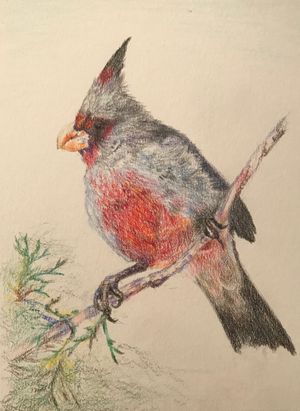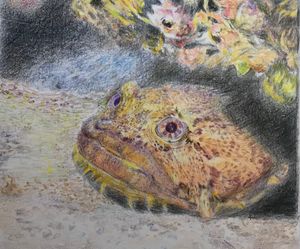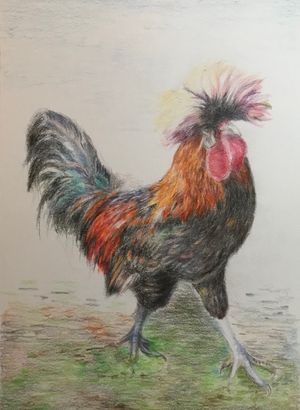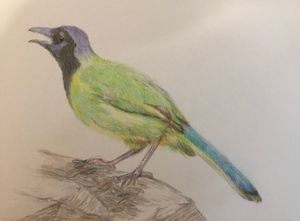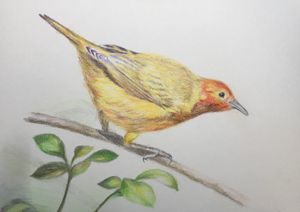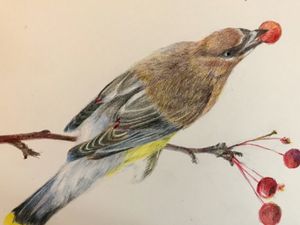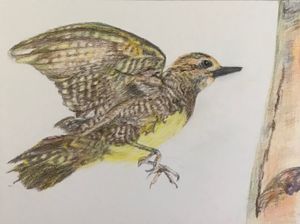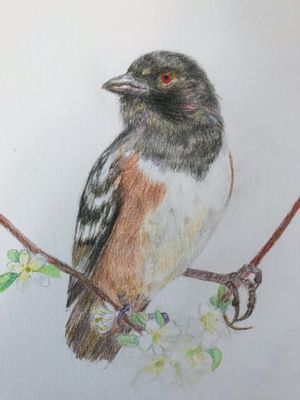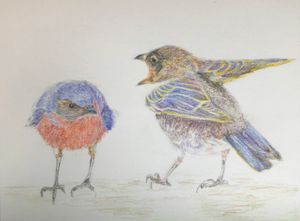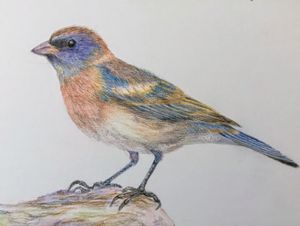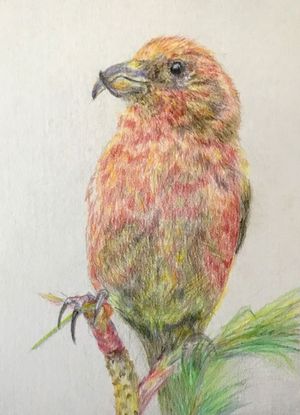Baobab trees, often called the "Tree of Life," are iconic giants of the African landscape with a rich cultural and scientific legacy. These prehistoric marvels can live up to 3,000 years and grow to enormous sizes, with trunks reaching up to 50 meters in circumference[2][4]. Scientifically known as Adansonia digitata, baobabs are unique in their ability to store vast amounts of water in their trunks, making them crucial for both wildlife and human survival in arid regions[3].
Culturally, baobabs hold immense significance across Africa. Indigenous communities have long centered their lives around these trees, using them for shelter, food, medicine, and materials[3]. In folklore, baobabs are often portrayed as mystical entities, with legends attributing their unusual appearance to being planted upside-down by angry gods[3].
Scientifically, baobabs are ecological keystones. They help maintain soil humidity, aid in nutrient recycling, and slow soil erosion with their massive root systems[3]. Their flowers open at night and are pollinated by bats, while their nutrient-dense fruit provides vital sustenance for various species[3].
Recent genetic studies have revealed that baobabs originated in Madagascar about 21 million years ago, later dispersing to Africa and Australia via ocean currents[1]. This long evolutionary history has allowed baobabs to develop unique adaptations, such as fire resistance and the ability to regenerate bark in false cavities between fused stems[1][3].
However, climate change poses a significant threat to these ancient giants. In the past decade, several of Africa's oldest and largest baobabs have died, highlighting the urgent need for conservation efforts to protect these remarkable trees and the ecosystems they support[3][4].
猴麵包樹,常被稱為「生命之樹」,是非洲景觀中標誌性的巨人,擁有豐富的文化和科學遺產。這些史前奇蹟可以活到3,000年,並長到巨大的尺寸,樹幹周長可達50米。科學上稱為Adansonia digitata的猴麵包樹,獨特之處在於能在樹幹中儲存大量水分,使其對乾旱地區的野生動物和人類生存至關重要。
在文化上,猴麵包樹在整個非洲具有重大意義。原住民社區長期以來圍繞這些樹木展開生活,將其用於庇護、食物、藥物和材料。在民間傳說中,猴麵包樹常被描繪為神秘的實體,傳說將其異常外觀歸因於憤怒的神明將其倒栽。
從科學角度來看,猴麵包樹是生態系統的關鍵。它們有助於維持土壤濕度,協助營養循環,並通過其巨大的根系減緩土壤侵蝕。它們的花朵在夜間開放,由蝙蝠授粉,而其營養豐富的果實為各種物種提供重要的養分。
近期的基因研究揭示,猴麵包樹約2100萬年前起源於馬達加斯加,後來通過洋流擴散到非洲和澳大利亞。這漫長的進化歷史使猴麵包樹發展出獨特的適應能力,如抗火性和在融合莖幹之間的假腔中再生樹皮的能力。
然而,氣候變化對這些古老巨人構成重大威脅。在過去十年中,非洲一些最古老和最大的猴麵包樹已經死亡,凸顯了迫切需要保護這些非凡樹木及其支持的生態系統的保育工作。
Citations:
[1] https://www.smithsonianmag.com/smart-news/scientists-uncover-the-ancient-origins-of-baobab-trees-in-genetic-study-180984384/
[2] https://africageographic.com/stories/9-fascinating-baobab-tree-facts/
[3] https://www.oneearth.org/species-of-the-week-african-baobab-tree/
[4] https://trtafrika.com/insight/tree-of-life-the-science-and-myths-around-african-baobab-13968127
[5] https://www.krugerpark.co.za/africa_baobab.html
[6] https://ntbg.org/stories/the-baobab-as-humanitys-tree-of-life/
[7] https://www.gviusa.com/blog/smb-madagascars-iconic-baobab-tree/
[8] https://www.bbc.com/news/science-environment-69012221






















































































